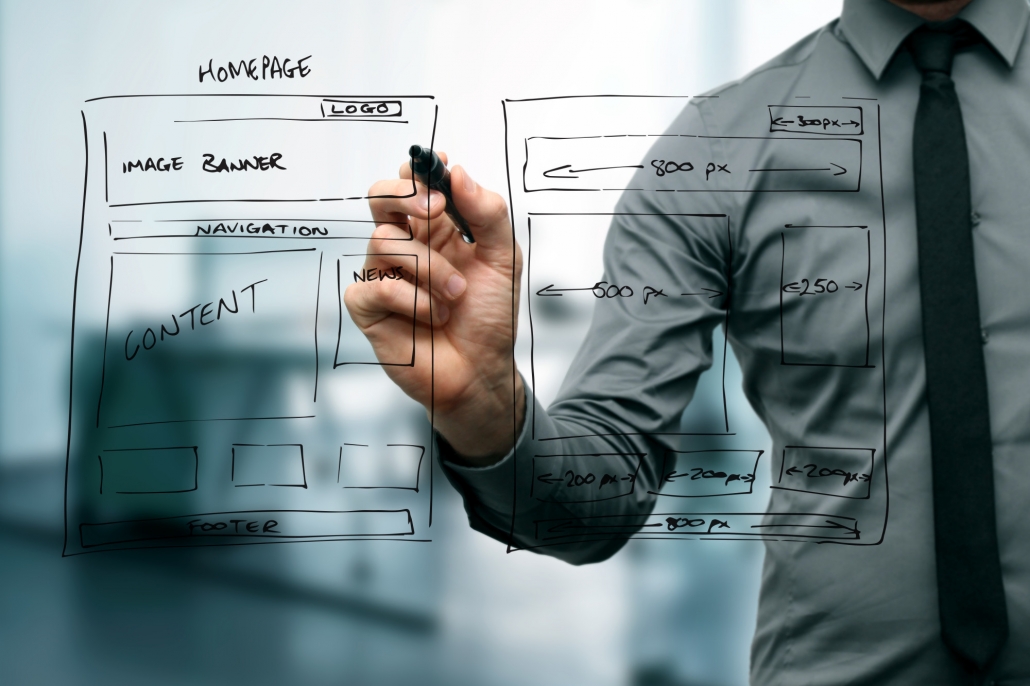
Have you ever felt frustrated at someone for doing a job slowly only to realize later that the job is way more complicated than you thought?
It takes roughly three to four months to get a website from an idea to launch. If you don’t understand what goes into building a website this might seem like an unreasonably long time.
What goes into the website design process anyway?
Here’s a rundown of what’s involved.
Define Purpose
Before we know what we are going to do with the site we need to know what it’s purpose and goals are. This is where the web designer sits down with the client and fleshes out exactly what the client wants their website to achieve.
This determines exactly what work will need to be done to set the site up correctly.
Plan the Whole Website Design Process
Once we know what the purpose of the site is we can lay out a plan for exactly what we need to create. For example, if a site needs to accommodate a lot of online purchases it needs to be set up with an e-commerce platform.
Things like sign up forms, optimizing for mobile, and existing site content are all taken into consideration to form a master plan, budget, and timeline.
Basically in this stage, we define what pages and features the website needs to meet its goals and how much work will go into this.
Design and Information Architecture
In the design stage, any site content is created and the architecture of the site is laid out. The road map of the site, where all the content will be placed, color schemes and visual identity are decided on.
By the end of the design and architecture stage, the look and feel of the website is established.
Development
This is where the process goes from design-focused and becomes technical. The website needs to be set up with the correct code and complying with the relevant standards.
The website framework or content management system is decided on, depending on how much customization the website needs.
By the end of the development stage, all features of the site are behaving correctly without compromising on speed or performance of the site.
Site Launch
After all the final performance and security tests are run on the site it is transferred to a live server under the client’s chosen domain name.
The site is tested to make sure the user experience is up to scratch and matches what the client is trying to achieve. The client’s website analytics provider is linked to the site and any necessary training is given to the client so that they can use the site’s basic functions; like posting blogs and accessing the e-mail features.
Ongoing Maintenance
The maintenance of a website is as important as its creation, though this is not always obvious. Security and performance updates will need to be handled, as well as fixing any problems that arise as the site goes live.
The reality is that website trends change and will need to be updated. As the website grows it may also need extra or updated features. So the relationship between the client and website designer shouldn’t end as soon as the site launches.
Wrap Up
You may not want to develop your own website but it’s a good idea to understand what is involved in the process. Clear communication between client and designer makes the website design process smoother and produces better results.
Contact us today for more information about our digital marketing and web design services.




Leave a Reply
Want to join the discussion?Feel free to contribute!